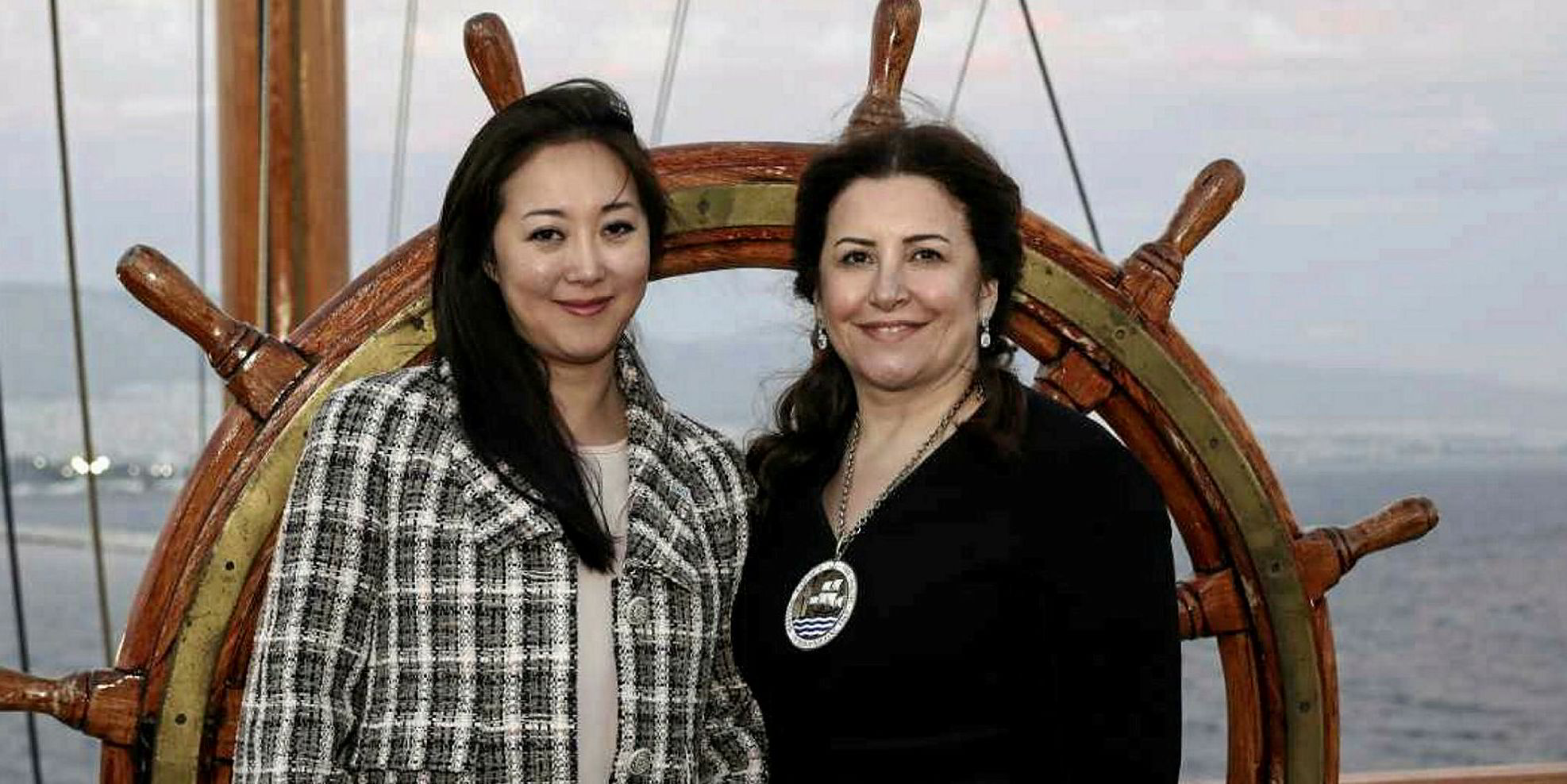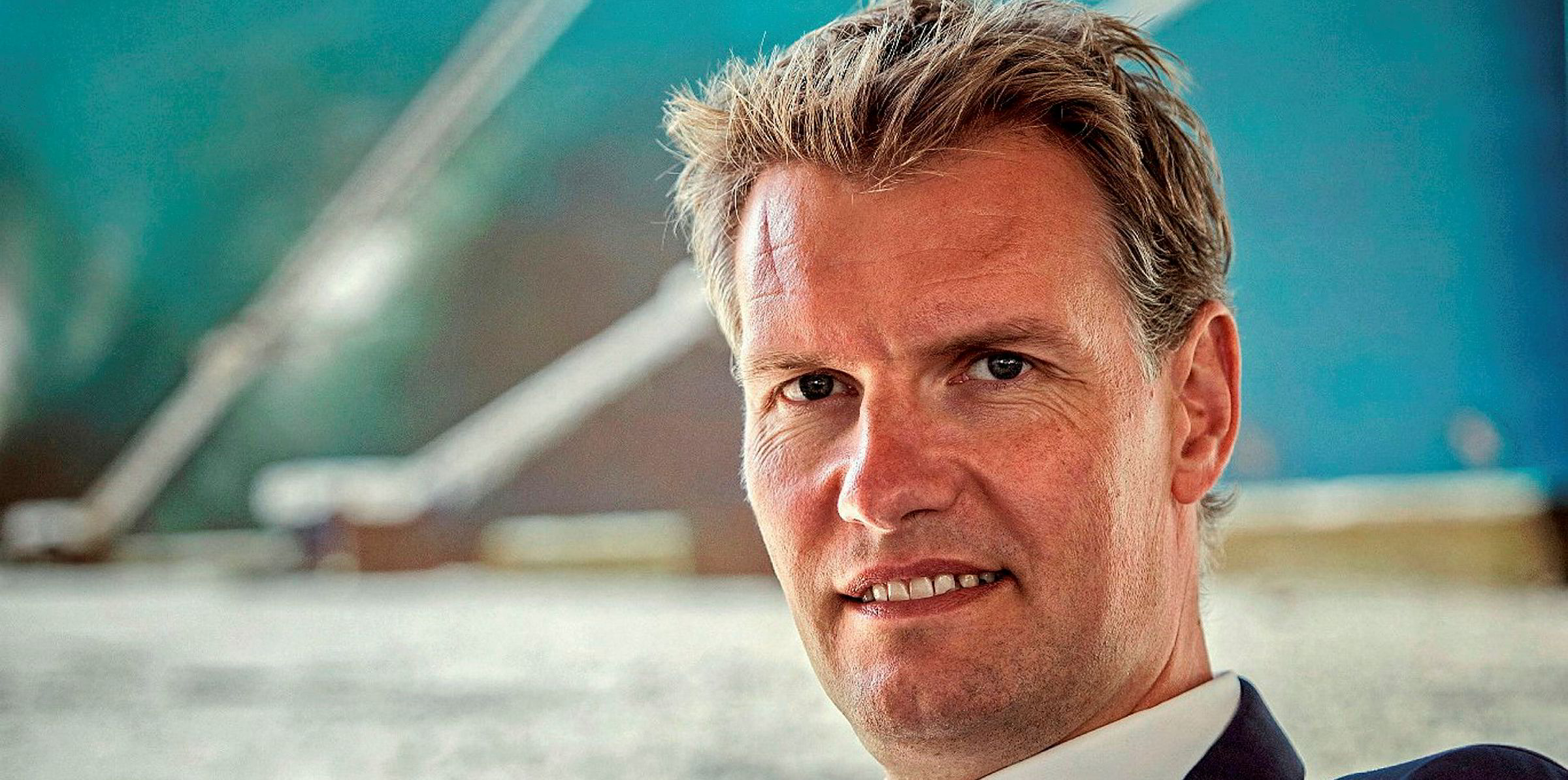Bimco is urging the IMO to adopt propulsion limits to sustain reduced emissions from shipping - and has a formula ready to go.
The shipowners' organisation said it has submitted a proposal to the IMO to regulate the power of vessels.
Bimco said it remains a fact that ship speed is the single most important variable influencing CO2 emissions, but there are different views as to which regulatory measure is best when it comes to enforcement and achieving this objective.
It argued that measuring a vessel’s speed is not an accurate exercise.
"It has been concluded that limiting ships’ propulsion power can be controlled accurately and at the same time, it has a close correlation to speed," it added.
Bimco deputy secretary general Lars Robert Pedersen said: “While it is imperative to ensure the GHG emissions savings through slower steaming are sustained, it is also important that owners are incentivised to innovate.”
Japan has already suggested setting a power limit, but the mechanics of arriving at a figure remain open to debate.
Formula proposed
Bimco is recommending the limit should be derived for each shipping sector from an assumed performance of an average ship (built in the decade prior to entry into force of the Energy Efficiency Design Index (EEDI) regulation in 2013) sailing at the current average trading speed within each sector.
Its proposal will be introduced at a meeting of the working group on reduction of GHG emissions from ships at the IMO in London between 11 and 15 October.
The document claims environmental conditions such as sea currents, sea state and weather conditions impact heavily on the relation between speed over ground and speed through water.
"For this reason, and due to cargo loading condition variation between voyages, emissions vary significantly for the same speed of a ship," it said.
"Aiming a regulatory measure at ship’s efficiency would be desirable as it is enforceable and provides for a goal-based approach. There are a wide range of options that may be applied to a ship to improve its efficiency and keeping in mind that the goal is to reduce emissions, focus should be on emissions, and by proxy, power."
It concludes that the proposal "would have the benefit of capturing the emissions reductions already achieved since 2008 by slower steaming whilst maintaining the present competitive playing field between ships."
The document also adds: "It would similarly maintain the benefit of operating ever-more efficient ships should owners opt for modifications to improve efficiency of their ships."







